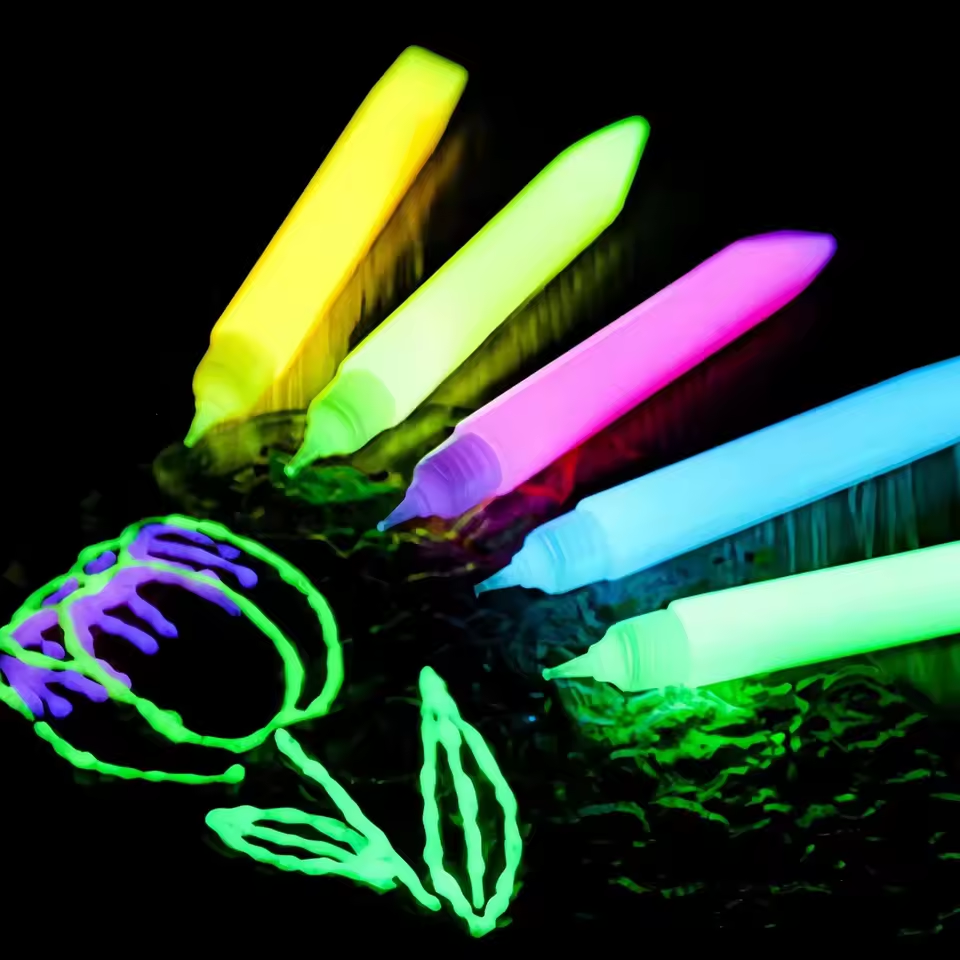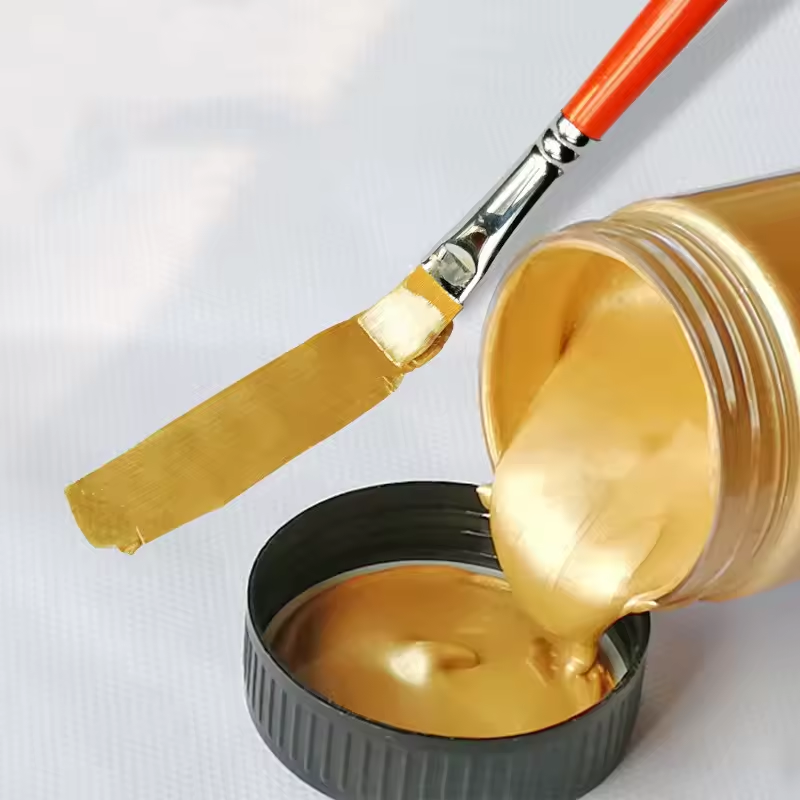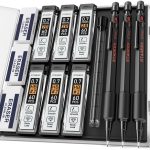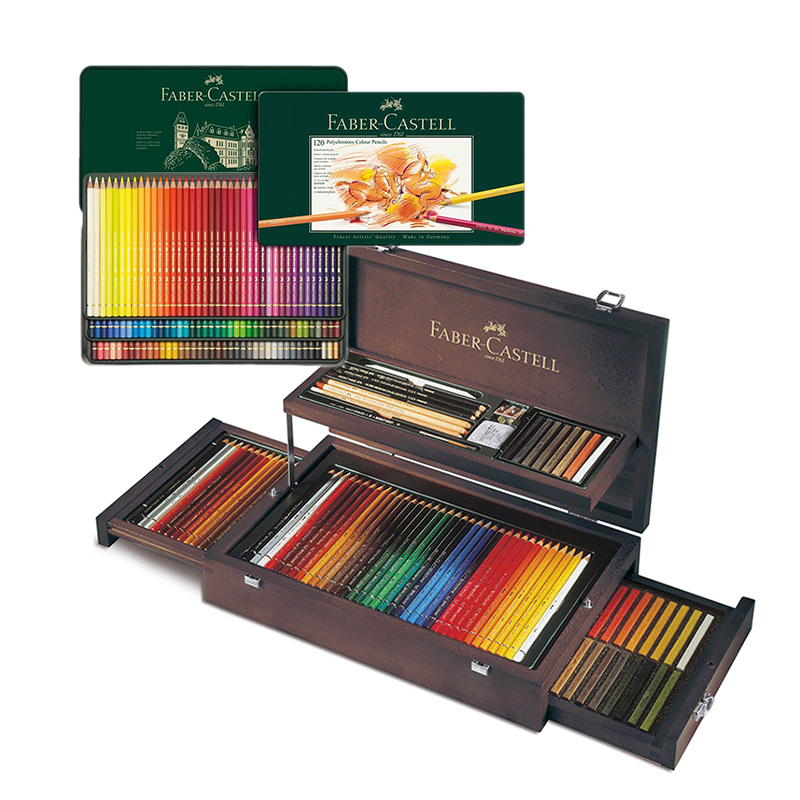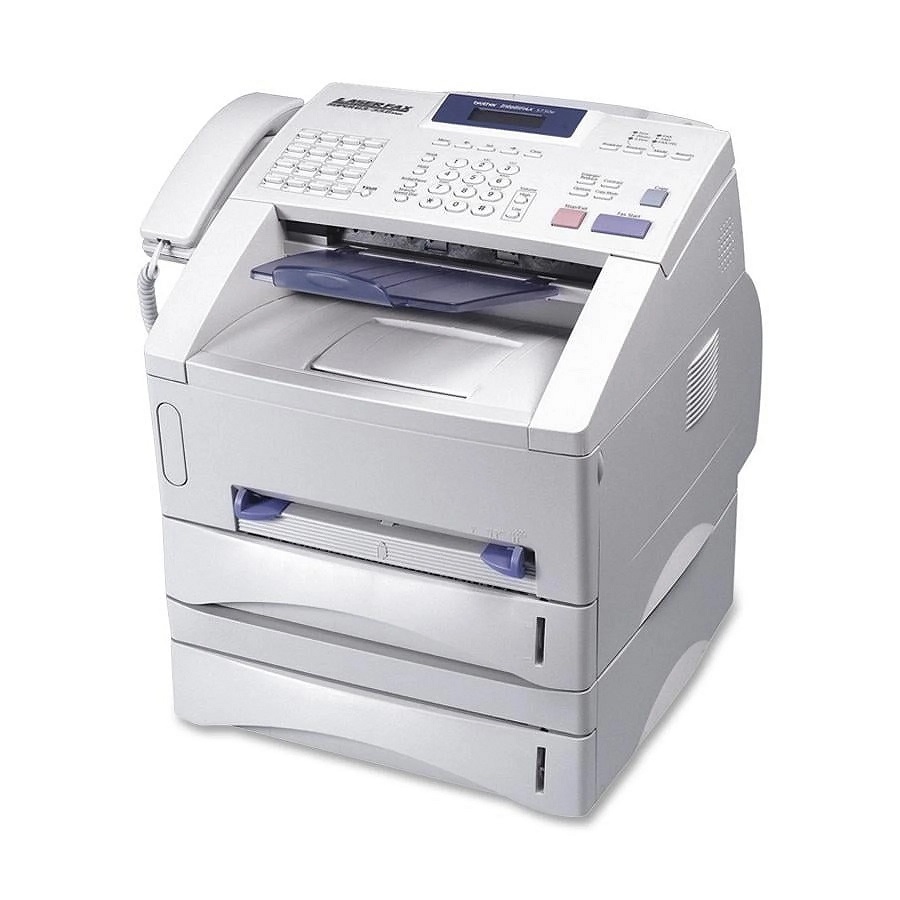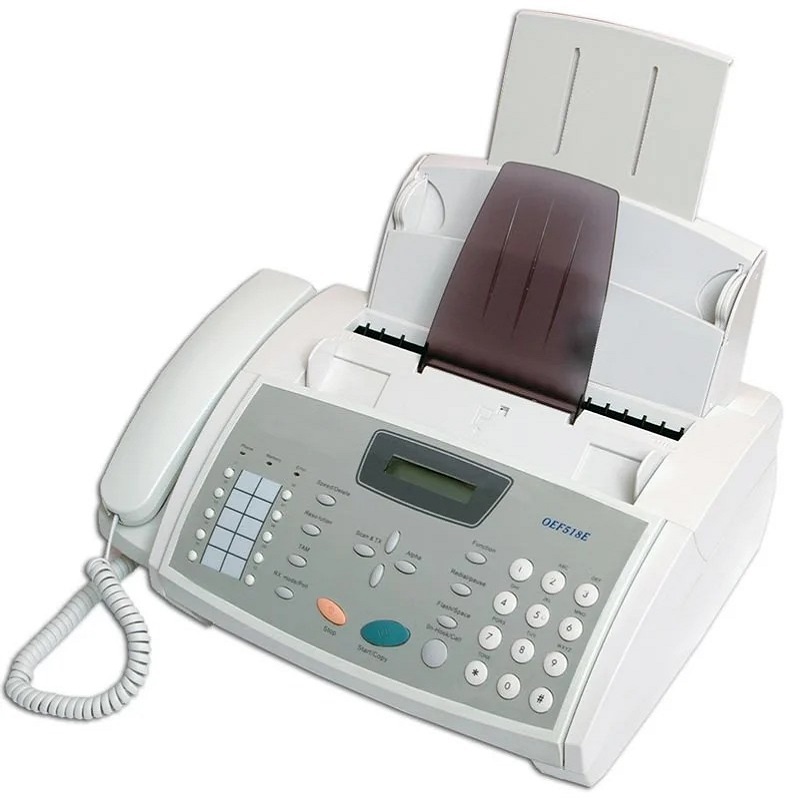Colored pencils are a versatile and essential tool for artists, students, and anyone who loves to draw and color. With so many options on the market, choosing the right colored pencil can be a daunting task. Factors such as pigment quality, color range, and price can all play a role in the decision-making process. In this guide, we will explore how to select the best colored pencil for your needs, whether you are a professional artist or a hobbyist. We will discuss the key factors to consider, such as the type of lead, the color range, and the intended use, and provide tips on how to make an informed decision.
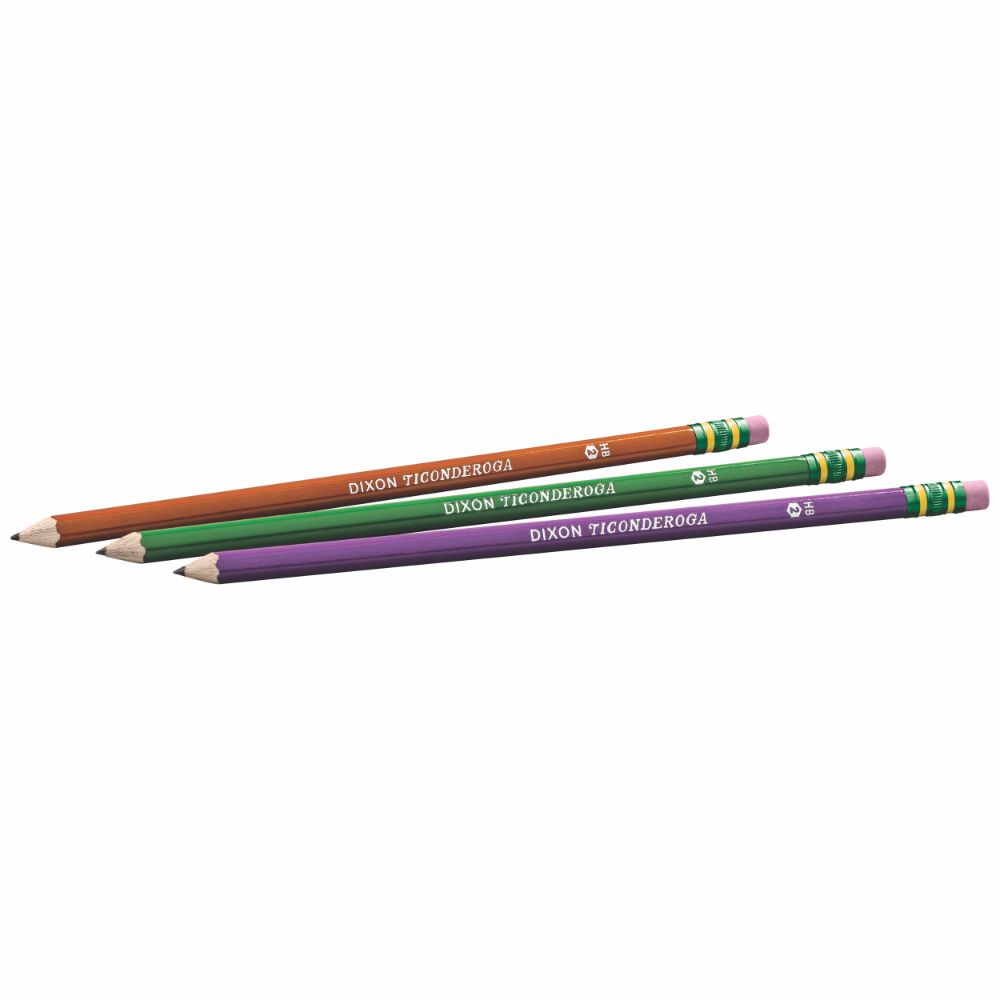
Understanding the Different Types of Colored Pencil
Before delving into the selection process, it is important to understand the different types of colored pencil available on the market. There are three main types of colored pencil: wax-based, oil-based, and watercolor pencil. Each type has its own unique characteristics and is suitable for different purposes.
Wax-based colored pencil are the most common type and are suitable for everyday drawing and coloring tasks. They are known for their vibrant colors and smooth application. Wax-based colored pencil are also easy to blend and layer, making them a favorite among artists.
Oil-based colored pencils have a firmer lead and are more resistant to breakage
They are ideal for detailed work and precise lines. Oil-based colored pencil also have a rich, creamy texture that allows for easy blending and shading.
Watercolor pencil are a versatile option that can be used both dry and wet. When used dry, they function like traditional colored pencil, but when water is applied, the color becomes more vibrant and can be manipulated like watercolor paint.
Consider the Type of Lead
The type of lead used in colored pencil plays a significant role in their performance and application. It is important to consider the lead composition when selecting colored pencil, as it can affect the color saturation, blendability, and precision.
Pigment quality is a crucial factor to consider when choosing colored pencil
High-quality colored pencil typically contain a higher pigment concentration, which results in more vibrant and intense colors. Lower-quality colored pencil may contain more filler material, resulting in less pigment and duller colors.
The color range refers to the variety of colors available in a set of colored pencil. It is important to consider the color range when selecting colored pencil, especially if you require a specific color palette for your work. Some sets may offer a wide range of colors, while others may be more limited. Consider your artistic needs and the type of work you intend to create when evaluating the color range of a set of colored pencils.
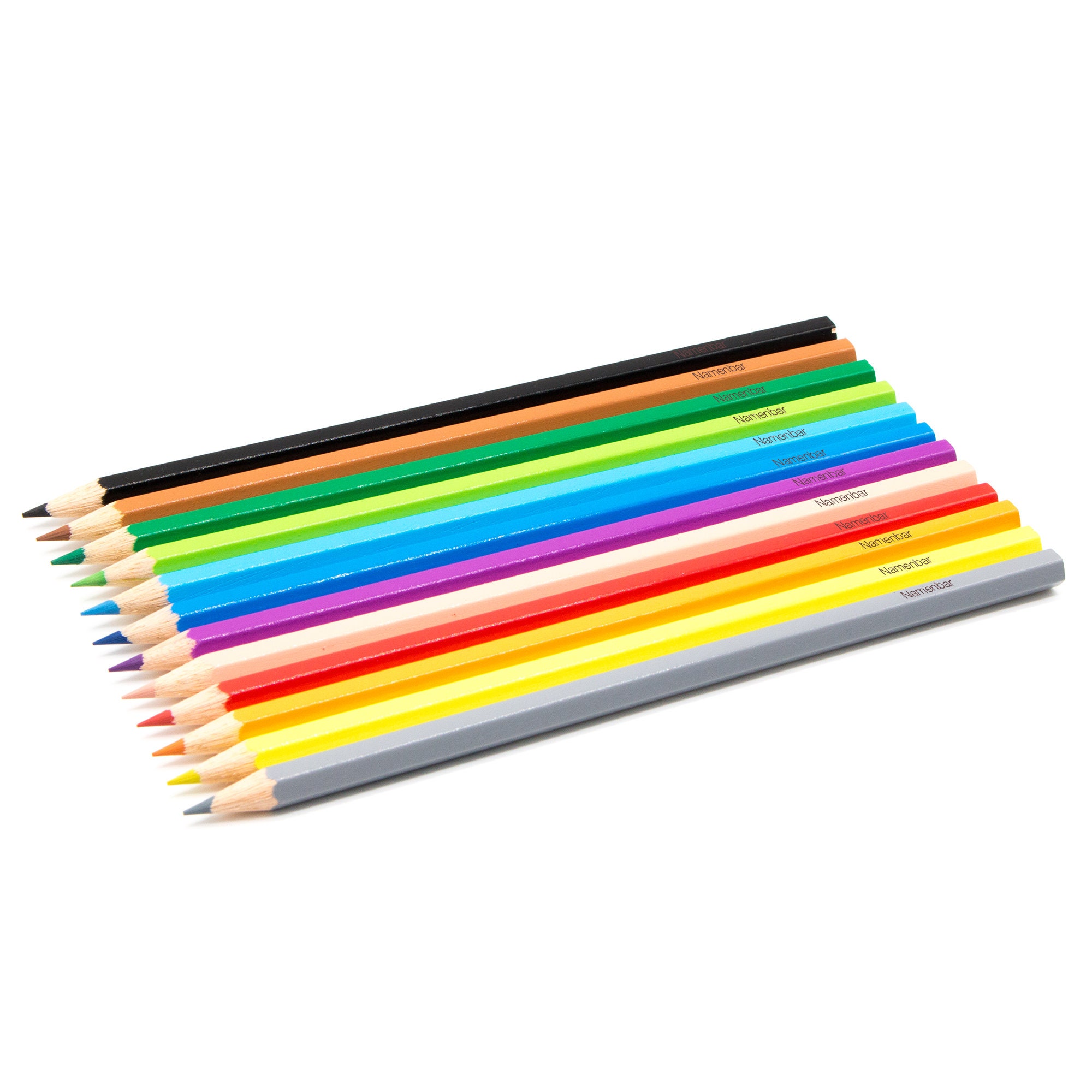
Consider the Intended Use
The intended use of the colored pencil will also play a significant role in the selection process. Artists, students, and casual users may have different needs and preferences when it comes to colored pencil. Consider the following factors when determining the intended use of the colored pencil:
Artistic Medium:
If you plan to use the colored pencil in combination with other mediums, such as markers or watercolor, it is important to select a type of colored pencil that is compatible with these mediums. For example, watercolor pencil are ideal for creating mixed media artwork, as they can be activated with water.
Skill Level:
The skill level of the user should also be taken into account when choosing colored pencil. Beginners may prefer a set of colored pencil that are easy to blend and layer, while professional artists may require a higher-quality set with a wide color range.
Paper Type:
The type of paper you plan to use with the colored pencil can also influence your selection. Some colored pencil may perform better on certain types of paper, so it is important to consider the compatibility of the pencil with your preferred drawing surface.
Budget:
As with any art supply purchase, budget is an important consideration. Colored pencil come in a wide range of price points, from affordable options for beginners to high-end professional sets. Consider your budget and the quality of the colored pencil when making a purchase.
Making an Informed Decision
After considering the type of lead, pigment quality, color range, and intended use, you can make an informed decision about which colored pencil to purchase. It is important to weigh the various factors and consider your specific needs and preferences before making a decision. You may also want to read reviews and seek recommendations from other artists to help inform your decision.

The role of colored pencils
Colored pencils have been a staple in art supplies for many years. They are a versatile and essential tool for artists, students, and professionals alike.
The Use of Colored Pencils in Art
Colored pencils are widely used for creating vibrant and detailed artwork. From intricate line drawings to realistic portraits, colored pencils allow artists to achieve a wide range of effects and textures. They are especially popular for coloring books, as they provide a convenient and portable medium for relaxation and creativity.
The Benefits of Using Colored Pencils
One of the main benefits of colored pencils is their ease of use. Unlike paint, pastels, or markers, colored pencils require minimal setup and cleanup. They are also less messy and can be used on-the-go, making them an ideal choice for artists who prefer a more convenient and portable medium. Additionally, colored pencils are relatively affordable and come in a wide range of colors, making them an accessible option for artists of all skill levels.
Colored Pencils in Education
Colored pencils are a common item in school supply lists, and for good reason. They are a valuable tool for students of all ages, helping them to learn about color theory, shading, and blending. In addition to their artistic uses, colored pencils are often used for highlighting, underlining, and taking notes. They provide a versatile and effective way for students to express their creativity and enhance their learning experience.
The Role of Colored Pencils in Professional Settings
Beyond the classroom and the studio, colored pencils are also used in professional settings. Architects, designers, and illustrators often use colored pencils for sketching and rendering. Their fine tip allows for precise and detailed drawings, while their ability to be blended and layered makes them a versatile tool for creating realistic and visually appealing designs.
Colored Pencils and Therapeutic Benefits
The act of coloring has been found to have therapeutic benefits for people of all ages. Coloring can serve as a form of relaxation and stress relief, allowing individuals to focus on the present moment and express their emotions through art. Colored pencils provide a non-intimidating and accessible medium for individuals to engage in this therapeutic activity, promoting mental well-being and mindfulness.
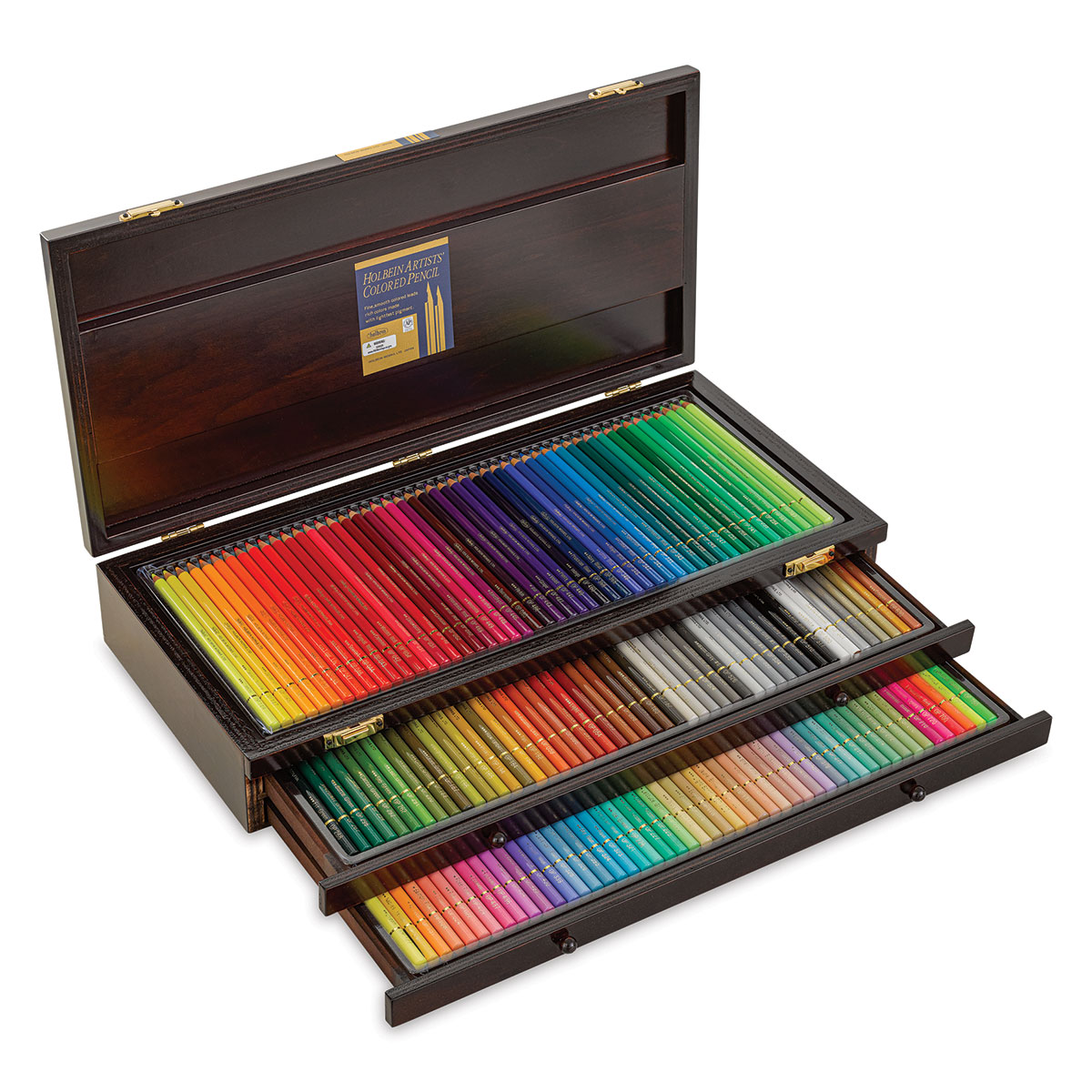
What kinds of drawings are colored pencils suitable for?
Illustrations and Drawings
One of the most common uses for colored pencils is in illustrations and drawings. The fine points and precise control offered by colored pencils make them an ideal medium for creating detailed and intricate images. From botanical drawings to whimsical character designs, colored pencils can bring any subject to life with rich colors and fine details.
Colored pencils are also an excellent choice for creating mixed media illustrations. They can be used in combination with other mediums such as watercolors or markers to add depth and texture to your artwork. Whether you are creating a simple sketch or a complex illustration, colored pencils offer endless possibilities for artistic expression.
Portraits and Figures
Colored pencils are also a popular medium for creating portraits and figures. The ability to layer and blend colors allows for a high level of detail and realism in these types of works. Colored pencils can capture the subtle nuances of skin tones, hair, and clothing, making them a favorite medium for artists who specialize in portraiture.
In addition to their ability to create realistic images, colored pencils also offer a wide range of vibrant and expressive colors, making them a great choice for creating stylized and imaginative portraits as well. Whether you are creating a traditional lifelike portrait or a bold and colorful character study, colored pencils can help you bring your subjects to life in stunning detail.
Landscape and Nature
Colored pencils are also well-suited for creating landscapes and nature scenes. The ability to layer and blend colors allows for a high level of realism in these types of works, making them a popular choice for artists who want to capture the beauty of the natural world.

In conclusion
Selecting the right colored pencil involves considering the type of lead, pigment quality, color range, and intended use. By taking these factors into account, you can make an informed decision and choose the best colored pencil for your needs. Whether you are an artist, student, or hobbyist, the right colored pencils can make a significant difference in the quality of your artwork. With the guidance provided in this guide, you can confidently select the colored pencil that will help you create your best work.
